Blended Learning vs Traditional Education: Choosing What Truly Helps Students Thrive
Chosen theme: Comparing Blended Learning vs Traditional Education. Welcome to a straight-talking, hopeful look at how learning actually happens best—online and in the classroom—so families, students, and educators can make confident, compassionate choices together.

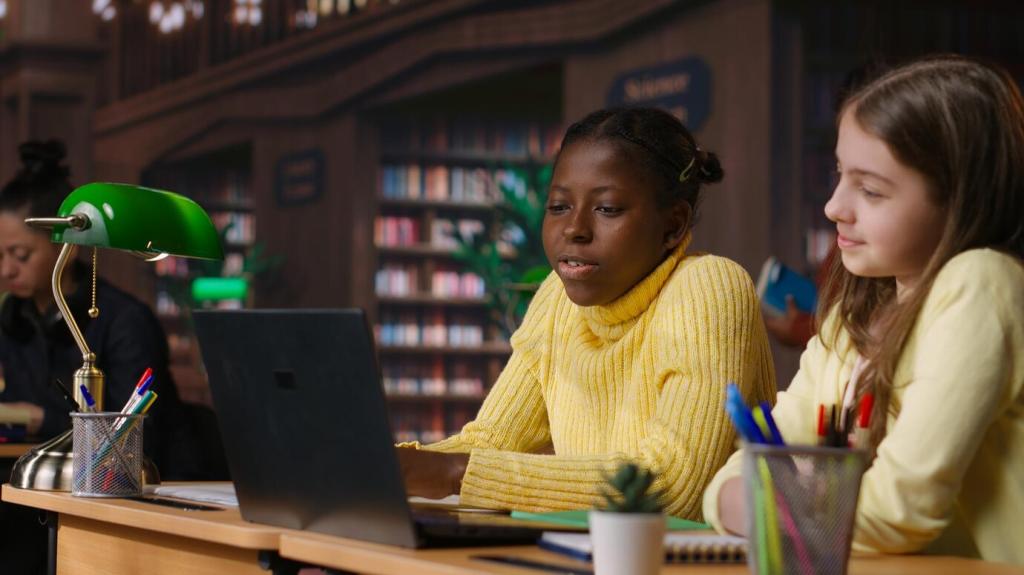
What Blended Learning Looks Like Day to Day
Blended learning mixes online modules, interactive forums, and in‑person sessions. A week might include video mini‑lessons at home, practice quizzes on a platform, and hands‑on labs in class where teachers coach, clarify misconceptions, and build community face‑to‑face.
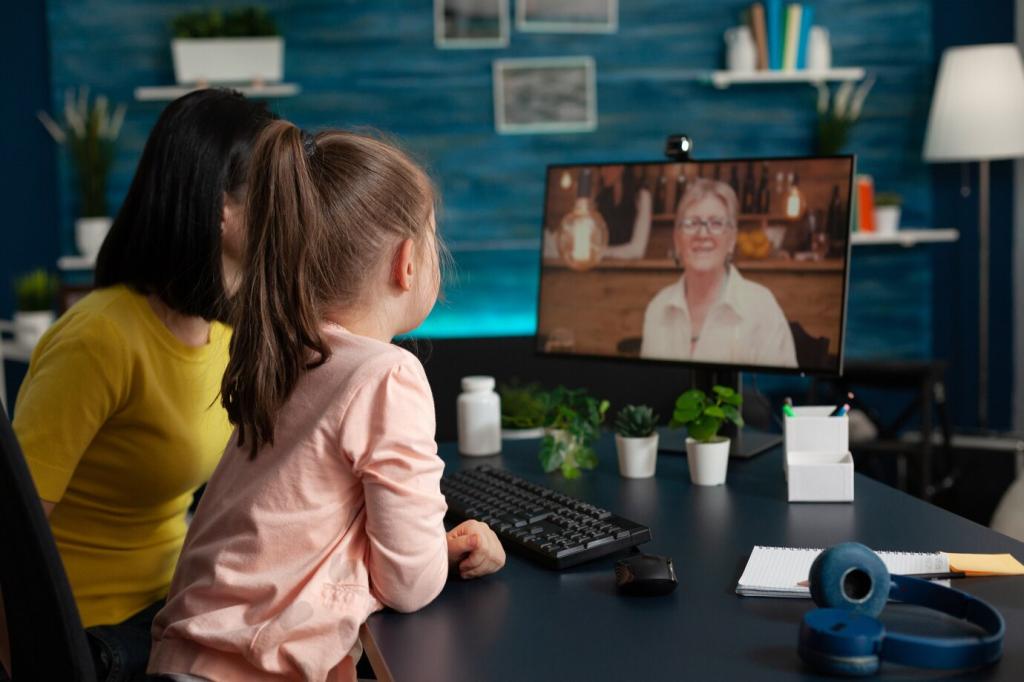
What Traditional Classrooms Do Best
Traditional education centers on synchronous meetings, a shared schedule, and physical presence. It excels at routine, immediate nonverbal feedback, and the subtle rhythms of group discussion, hallway conversations, and supportive structures that reduce decision fatigue for learners.

Where They Overlap and Complement
Both models depend on purposeful design, caring relationships, and high expectations. Blended adds flexibility and data insights; traditional anchors belonging and structure. Together, they can provide timely practice online and deeper, richer meaning‑making in person.
What the Research and Results Suggest
Meta‑analyses often show blended courses slightly improving completion and retention when scaffolds exist. Predictable pacing, quick feedback, and supportive check‑ins matter more than the technology brand, suggesting design quality outweighs the novelty of digital tools.
What the Research and Results Suggest
Blended formats can accelerate formative feedback using auto‑graded checks and analytics, while traditional classrooms shine at nuanced, real‑time corrections. The combination helps learners act on feedback faster and discuss misunderstandings deeply, boosting confidence and long‑term mastery.

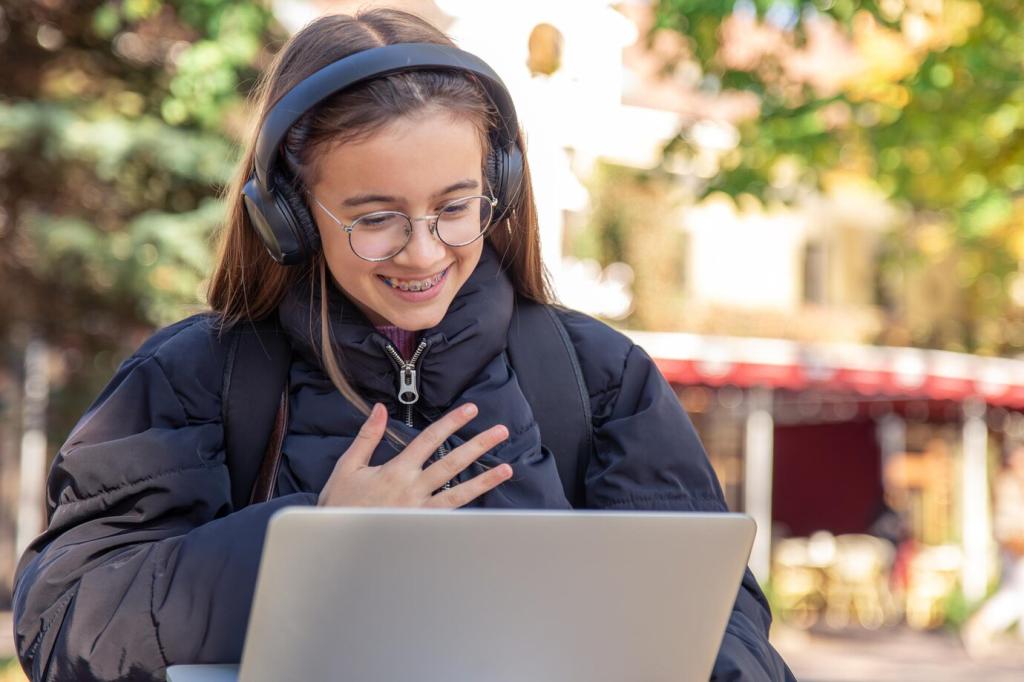
Human Connection, Motivation, and Meaning
Ms. Rivera moved content lectures to short videos and saved class for debates. A quiet student who rarely spoke online arrived ready to argue evidence in person, discovering his voice. The blended rhythm unlocked confidence through intentional preparation.

Design Principles for a Thoughtful Blend
Move direct instruction and low‑stakes practice online, where students can pause and replay. Protect in‑person time for debate, labs, and coaching. Let analytics guide mini‑lessons, targeting the exact misconceptions revealed by pre‑class checks.
Design Principles for a Thoughtful Blend
Use the classroom for collaboration that can’t be replicated asynchronously: Socratic seminars, design critiques, science labs, and community‑building rituals. Treat that time like prime real estate reserved for high‑impact human connection and deep cognitive wrestling.
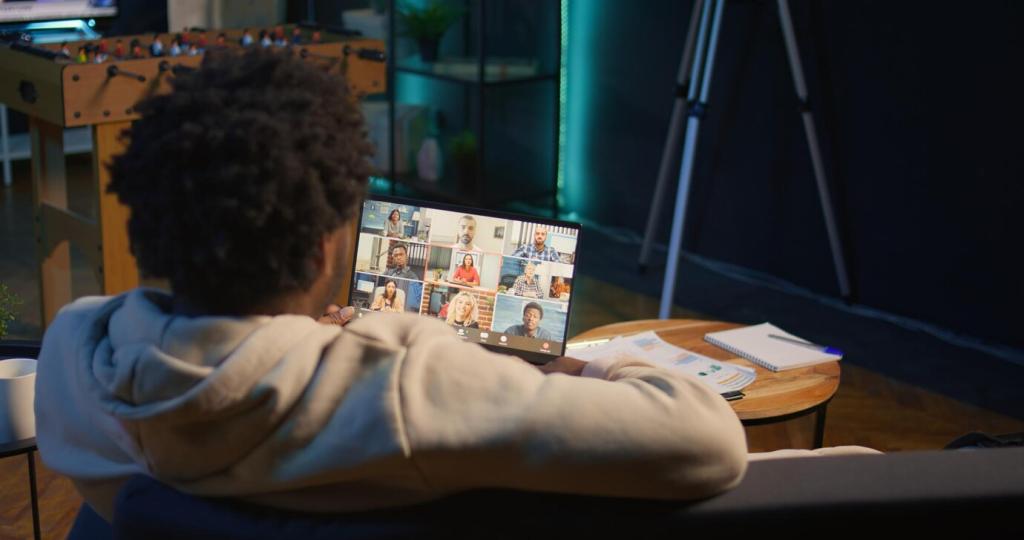
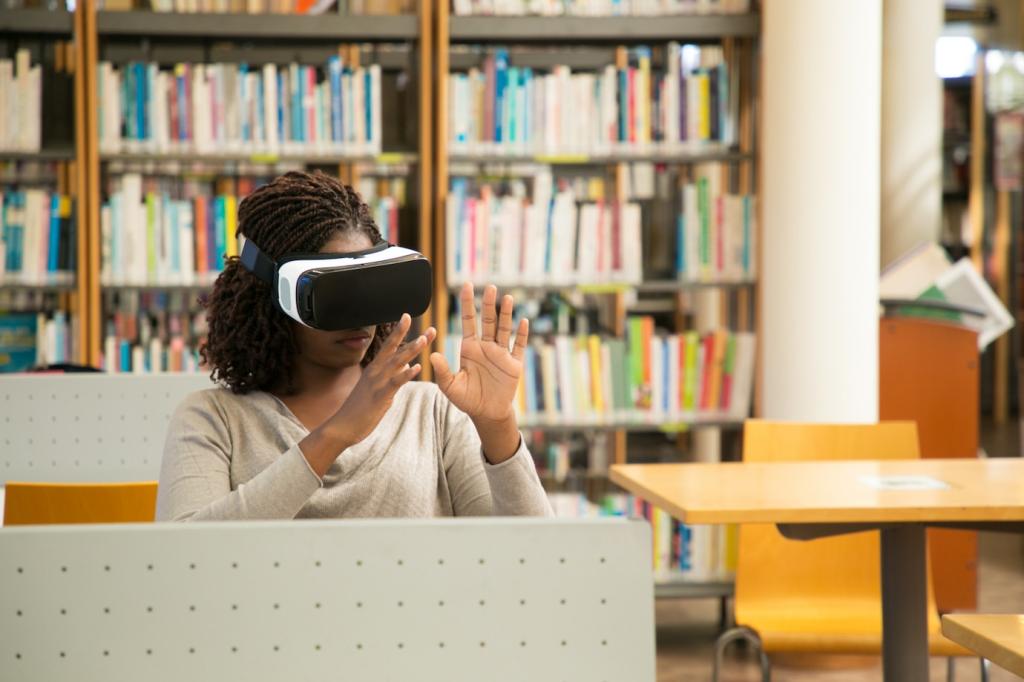
Devices, Bandwidth, and Backup Plans
Plan for uneven access. Provide downloadable materials, printable packets, and offline activities. In class, rotate stations so limited devices go further. Clear contingency plans turn potential disruptions into small speed bumps instead of learning roadblocks.

Attention, Time, and Screen Fatigue
Design shorter online segments with purposeful pauses. Encourage handwritten notes. In traditional settings, build movement breaks and reflection. Healthy rhythms—sleep, sunlight, and boundaries—support both models and keep students present, refreshed, and ready to think.

Privacy, Data, and Digital Citizenship
Audit the data your tools collect and why. Teach students to manage settings, passwords, and digital footprints. In traditional classrooms, model respectful discourse so those same norms transfer to forums, chats, and collaborative documents.
Making the Choice as a Community
How often will I get feedback? Where does community happen? What happens when I fall behind? Comparing blended learning vs traditional education starts with clarity about routines, support structures, and the kinds of challenges you want.
Making the Choice as a Community
Trial a blended unit or a fully traditional project and gather simple data: engagement, work quality, student reflections. Iterating in real contexts beats abstract arguments and helps your community build a shared, evolving playbook.


